The Rise of NFTs and Their Marketplaces
Non-Fungible Tokens (NFTs) have gained immense popularity. These digital assets represent ownership of unique items, such as digital art, music, and collectibles. Blockchain technology powers NFTs, making them secure and verifiable.
The marketplaces for NFTs have expanded rapidly. OpenSea, Rarible, and Foundation are a few examples. These platforms allow creators to mint and sell their NFTs while providing buyers a place to purchase unique digital items.
OpenSea, established in 2017, is one of the largest NFT marketplaces. It supports various digital assets, including art, domain names, and virtual worlds. OpenSea offers a user-friendly interface, making it easy for both novices and experts.
Rarible, another prominent platform, focuses on community-driven features. Users can create and sell NFTs without needing extensive knowledge of blockchain technology. It also offers a governance token, RARI, which allows users to participate in platform decisions.
Foundation targets artists and creators looking for an exclusive marketplace. It’s invitation-only, ensuring high-quality offerings. Artists can leverage the platform’s built-in tools to mint NFTs and connect with collectors.
Each NFT marketplace has unique features. OpenSea provides extensive asset support, Rarible emphasizes community involvement, and Foundation focuses on curated content. Selecting the right marketplace depends on individual needs and goals, highlighting the importance of understanding these platforms.
Recent advancements in NFT technology have driven further interest. Improved scalability, lower transaction fees, and enhanced user experiences contribute to the growth of these digital assets. Platforms continuously innovate, ensuring they meet the demands of a growing user base.
NFTs and their marketplaces revolutionize the digital asset landscape. They offer new opportunities for creators and collectors, supported by secure and transparent blockchain technology. Understanding the unique attributes of each marketplace helps users make informed decisions, engaging more deeply with the NFT ecosystem.
Factors to Consider When Choosing an NFT Marketplace
Selecting an NFT marketplace can be challenging with the multitude of options available. Focus on key factors to align your choice with your goals and preferences.
Fees and Costs
Marketplaces determine fees and costs for transactions and network usage. Platforms like OpenSea impose a 2.5% service fee on sales transactions, while Rarible charges a similar rate.
Evaluate these fees to protect your earnings. Additionally, consider gas fees, which depend on network traffic. Ethereum-based platforms often have higher gas fees compared to alternative blockchain platforms like Solana or Flow. Opt for a platform with manageable fees to maximize your profits.
User Experience
User experience varies across platforms, influencing ease of navigation and transaction efficiency. OpenSea offers a user-friendly interface with straightforward navigation for both buyers and sellers.
In contrast, platforms like Rarible emphasize customization and community engagement. Analyze the interface design, support services, and transaction processes. A smooth user experience boosts your overall satisfaction and productivity on the platform.
Variety of NFTs
- The variety of NFTs available impacts your potential purchases and sales.
- Some marketplaces like Foundation focus on exclusive, high-end art NFTs, catering to a niche audience.
- Others, such as OpenSea, list a broad spectrum, from digital art to virtual land.
- Ensure the platform supports the types of NFTs you’re interested in. This variety can attract a wider audience and increase your opportunities for trade and engagement.
- By weighing these factors, you can choose the optimum NFT marketplace to match your needs and aspirations in the evolving digital asset landscape.
Top NFT Marketplaces to Explore in 2024
Navigating the NFT world in 2024 means knowing where to trade these unique assets. Several marketplaces stand out due to their features and user experiences, making them top choices.
OpenSea
OpenSea remains a dominant platform for NFTs. It supports a range of assets like:
- art
- music
- virtual real estate
The user-friendly interface works for both beginners and seasoned traders. OpenSea’s collaborations with prominent projects add credibility. Transaction fees sit at 2.5%, making it competitive.
Rarible
Rarible focuses on community-driven governance. Users vote on platform decisions via the RARI token. The marketplace hosts diverse NFTs, including art and DeFi assets. Its user interface allows easy creation and trading of NFTs. A transaction fee of 2.5% applies. Rarible’s emphasis on community engagement sets it apart.
SuperRare
SuperRare targets high-quality, single-edition digital art. Each artwork is unique and curated. A 3% transaction fee for buyers and a 15% commission for artists apply. The platform’s invite-only approach ensures exclusivity and quality. SuperRare’s collection attracts serious art collectors and investors.
Foundation
Foundation caters to exclusive artists via an invitation-only model. It spotlights high-caliber digital art and focuses on a streamlined user experience. A 5% transaction fee covers operational costs. Foundation’s curated selection of artists ensures high-quality content. The platform’s social component encourages collaboration and networking among artists and collectors.
Nifty Gateway
Nifty Gateway specializes in timed drops of well-known artists and brands. The platform offers both primary sales and a secondary marketplace. A 5% service fee plus 30 cents per transaction apply. Nifty Gateway supports fiat currency payments, making it accessible to a wider audience. It partners with artists like Beeple and deadmau5, adding to its allure.
These marketplaces provide varied features, catering to different needs and preferences in the NFT space.
Tips for Getting Started with NFTs

Getting started with NFTs may seem daunting, but a few straightforward steps can set you on the right path.
Setting Up a Wallet
Secure a digital wallet before engaging in NFT transactions. Popular options include MetaMask, Trust Wallet, and Coinbase Wallet. First, download the wallet app or browser extension, then follow the setup instructions to create an account. Be sure to back up your seed phrase safely, as it’s your only recovery method if access is lost.
Minting Your First NFT
Minting converts a digital file into an NFT, recorded on the blockchain. Most platforms provide intuitive interfaces to streamline this process. For instance, on OpenSea, navigate to the “Create” section, upload your file, add details like title and description, and follow prompts to finalize the minting. Remember that minting fees vary depending on the blockchain network’s current status.
Buying and Selling NFTs
Explore marketplaces such as OpenSea, Rarible, and Nifty Gateway to buy and sell NFTs. To purchase an NFT, browse the listings, select an item, and complete the payment using your wallet. To sell, navigate to your profile, choose the “Sell” option, and set your price and auction duration. Be mindful of gas fees, which can fluctuate based on network congestion.
Taking these steps ensures a smoother entry into the NFT ecosystem, letting you focus on exploring and enjoying digital assets.
Emerging Trends in NFT Marketplaces
NFT marketplaces are constantly evolving. The latest trends include integrations with the metaverse and enhanced security features.
Integration with Metaverse
NFT marketplaces are expanding into the metaverse. Platforms are integrating with virtual worlds like Decentraland and The Sandbox, allowing users to buy, sell, and display NFTs in digital environments.
This trend enhances user experiences by enabling interaction directly within virtual spaces. For example, users can showcase their NFT collections in virtual galleries or participate in virtual art shows.
Enhanced Security Features
Security features in NFT marketplaces are improving. To protect users from fraud, platforms are implementing advanced security measures like two-factor authentication and blockchain verification.
These features ensure that transactions are secure and that the ownership of digital assets is transparent. For instance, blockchain verification helps confirm the authenticity and originality of NFTs, preventing counterfeits and scams.
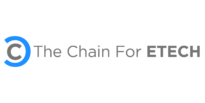


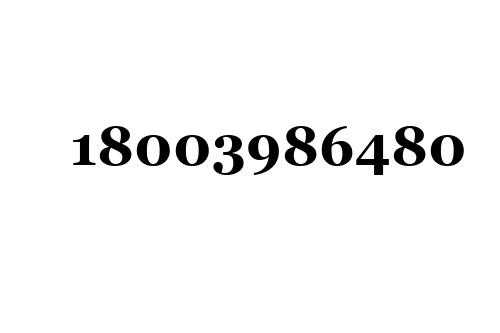
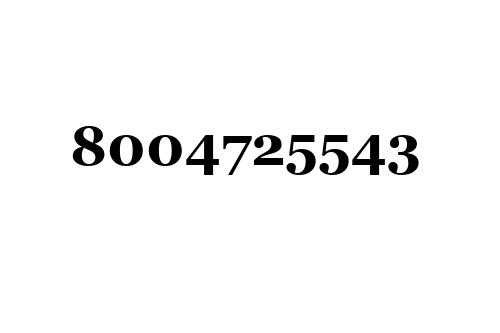
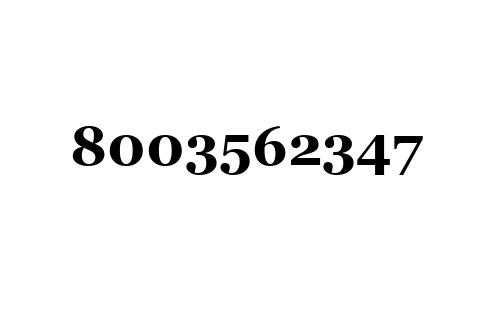
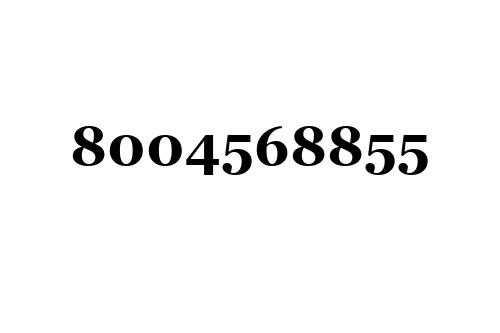
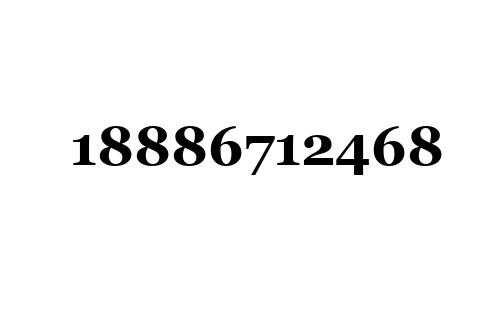
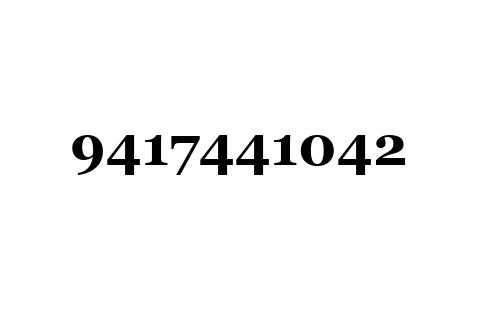
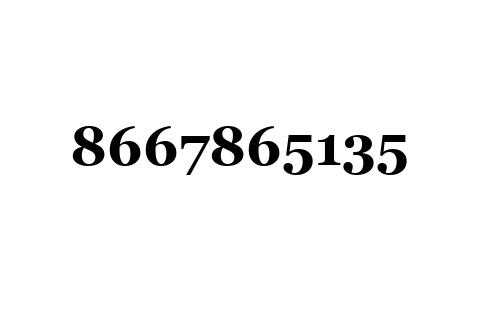
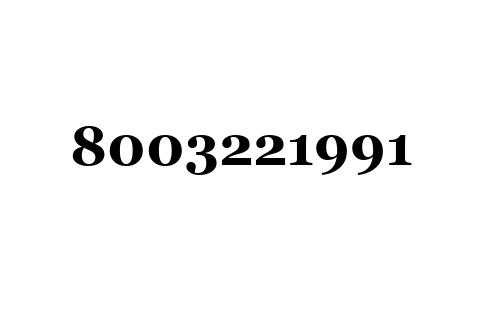
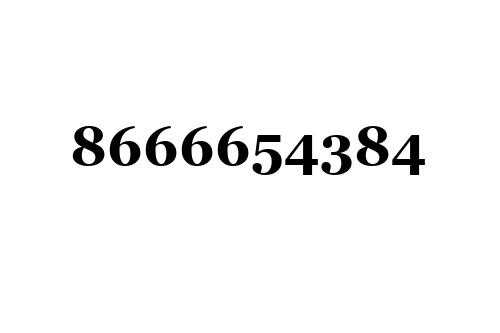
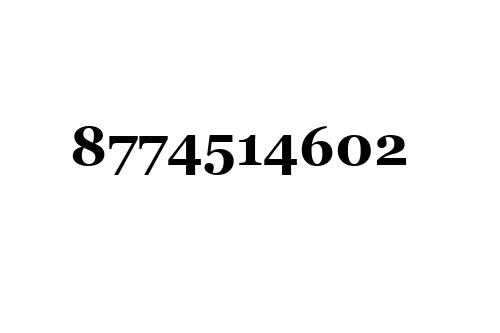

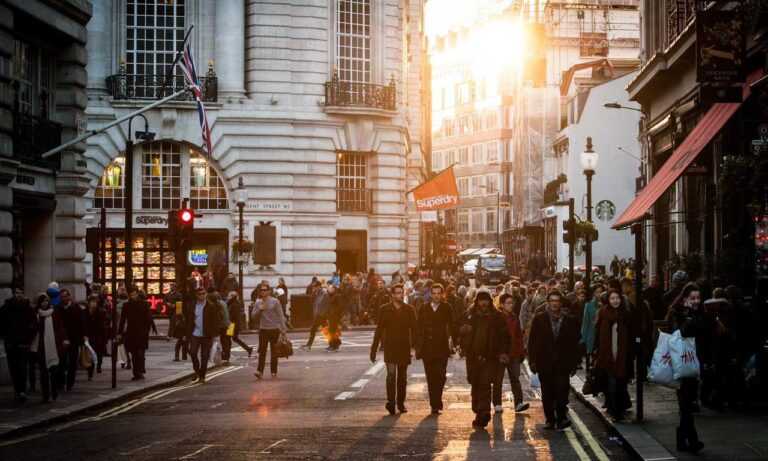
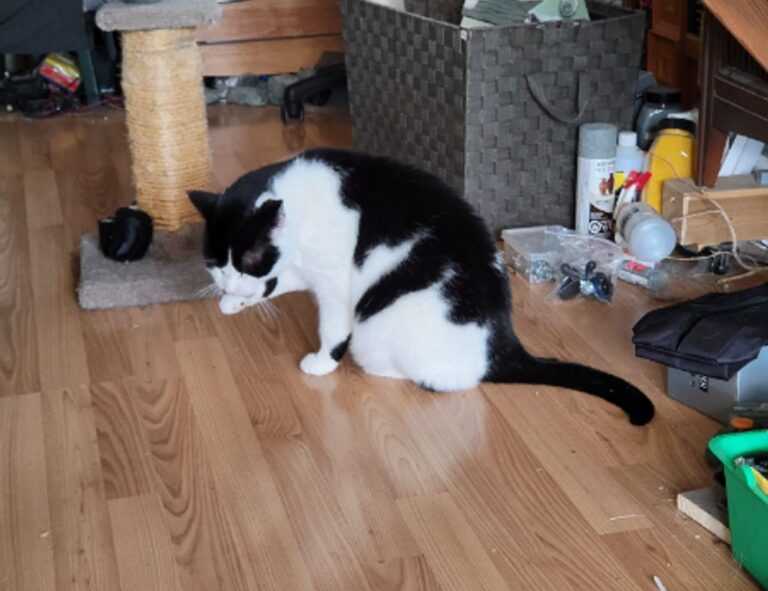


















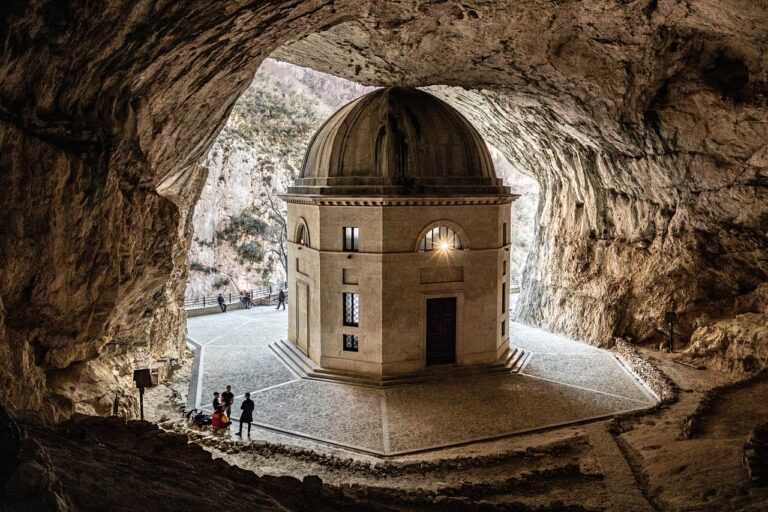







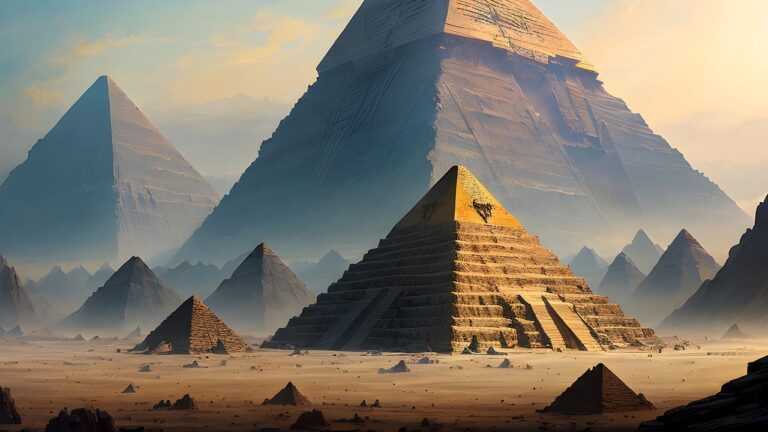

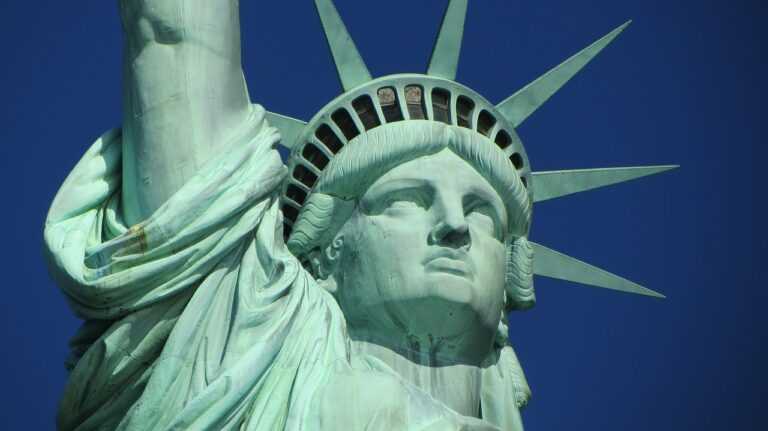


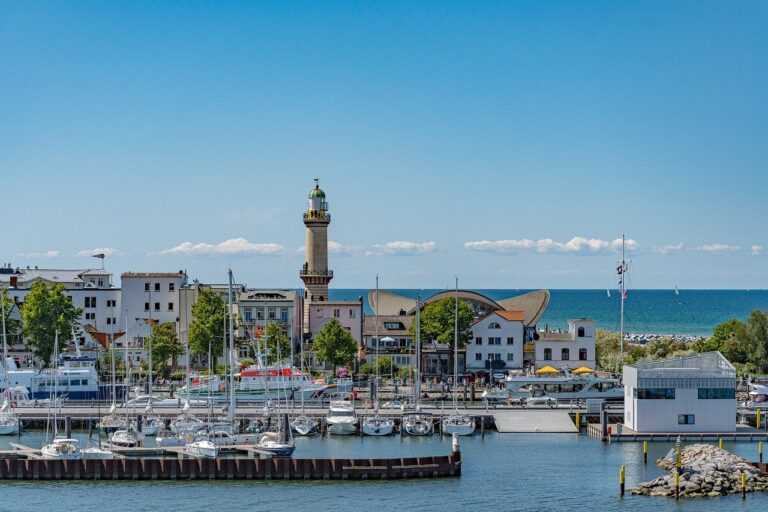












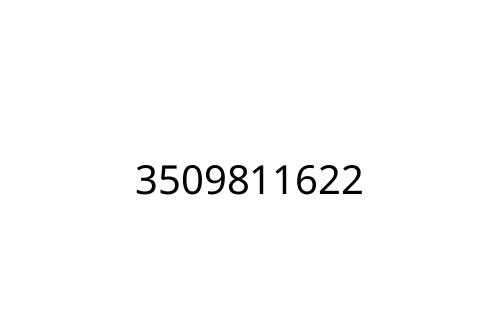
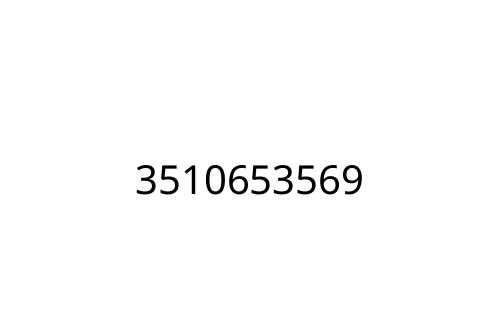
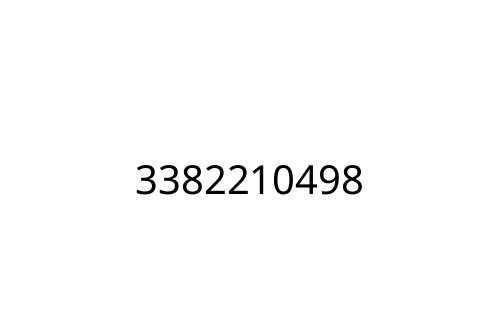
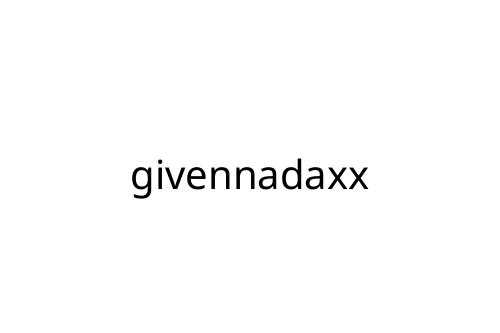

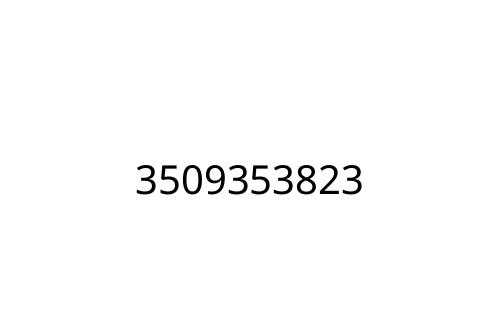
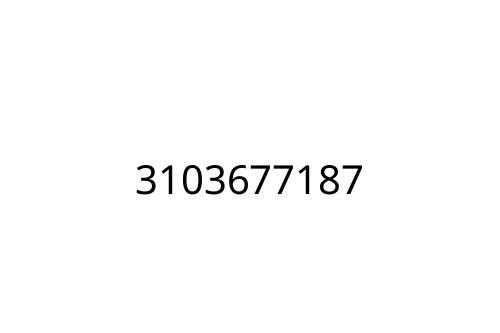
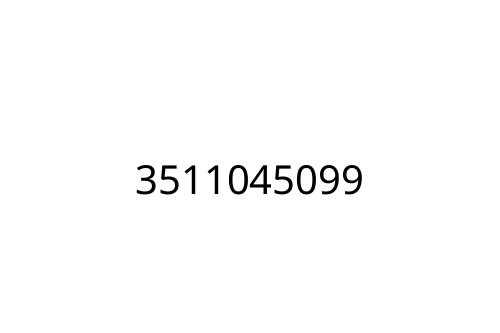
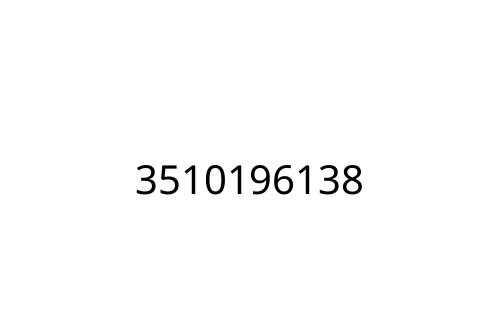
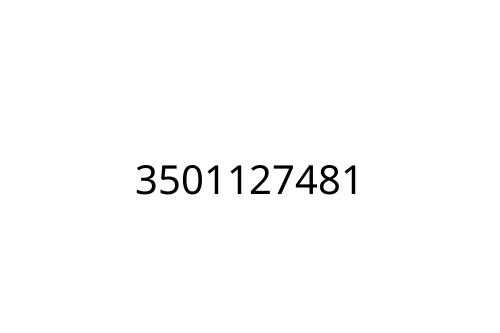
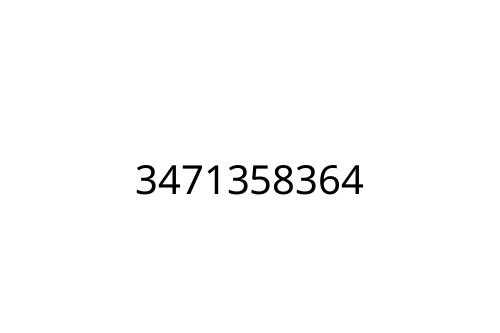
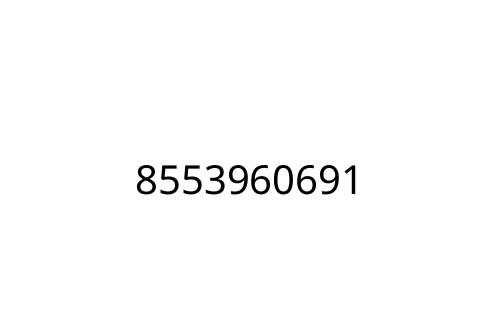
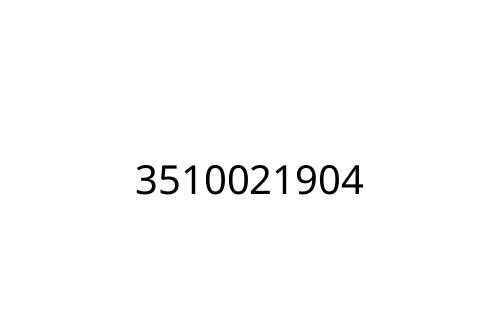
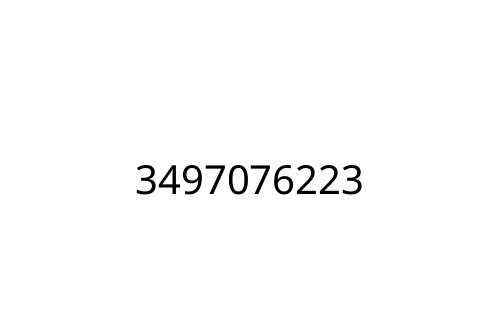
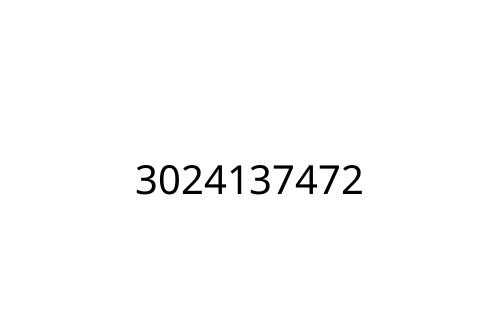


 Chief Technology Officer (CTO)
As Chief Technology Officer, Victor Kenneyell oversees the technical infrastructure and development strategies of the website. With a background in computer science and blockchain engineering, Victor ensures that the platform remains at the forefront of technological advancements in the crypto industry. His expertise in smart contracts, cybersecurity, and blockchain scalability solutions helps the website provide users with a secure and innovative experience.
Chief Technology Officer (CTO)
As Chief Technology Officer, Victor Kenneyell oversees the technical infrastructure and development strategies of the website. With a background in computer science and blockchain engineering, Victor ensures that the platform remains at the forefront of technological advancements in the crypto industry. His expertise in smart contracts, cybersecurity, and blockchain scalability solutions helps the website provide users with a secure and innovative experience.
